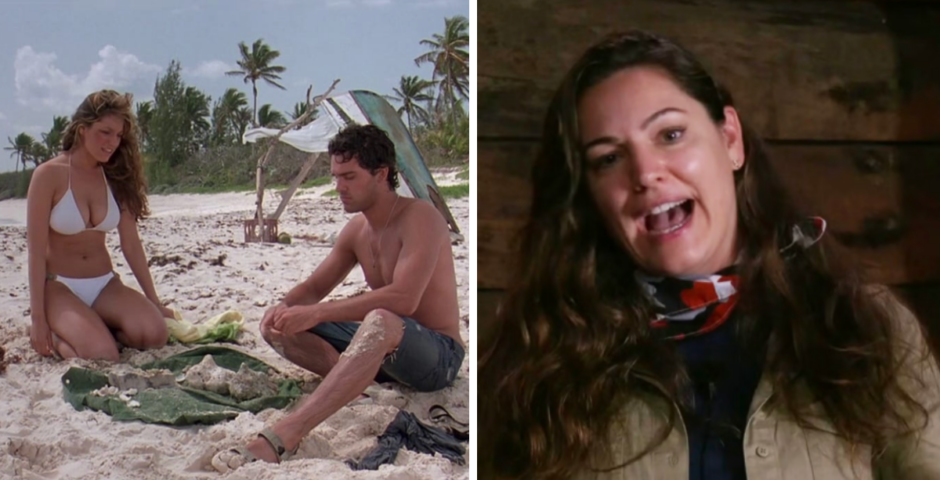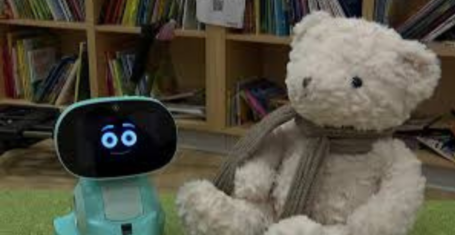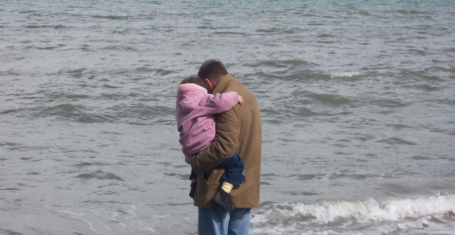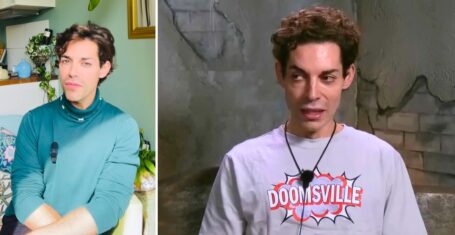
Financial crimes, boobs and a doll empire: Inside Barbie creator Ruth Handler’s wild life
An icon tbh
It’s official, the word has been diagnosed with Barbie fever. You can’t move for pink outfits. Barbie memes are dominating Twitter timelines. And the film has officially broken the opening weekend box office record for any film of 2023, raking in $162m in ticket sales in North America – the biggest launch for any female directed film ever.
If you’ve already seen Greta Gerwig’s Barbie (if you haven’t, where have you been?), then you’ll know a big part of the film features the original Barbie creator, Ruth Handler: who started this worldwide obsession with blonde, pink, peppiness and vim. But, although Ruth is presented as a little old nana on screen, she was much wilder in real life:
She’s played by Rhea Perlman in Greta Gerwig’s Barbie

In Greta Gerwig’s Barbie, Ruth is played by actress Rhea Perlman – who you might recognise as the mum from Matilda. She appears sort of mysteriously in this little 1950s style kitchen inside the Mattel HQ as a kind of imperfect God-like figure before re-appearing later in the film to reveal to Barbie more secrets about her creation.
“My whole philosophy of Barbie was that, through the doll, the little girl could be anything she wanted to be,” Ruth wrote in her 1994 autobiography, Dream Doll: The Ruth Handler Story. “Barbie always represented the fact that a woman has choices.”
She created Barbie for her daughter Barbara

Most Read
Originally, Ruth had the idea to create an adult doll because she had hated playing with baby dolls when she was little and her daughter Barbara didn’t like them much either. Instead, they made paper dolls with adult attributes and clothing to play with. Then, while they were on holiday in the Alps, Ruth and Barbara found a German Bild Lilli doll, which looked like a woman rather than an infant.
Ruth created Mattel with her husband Elliot in 1945 to sell picture frames and eventually expanded to doll furniture and other toys. But when she pitched the idea of an adult doll, rather than a baby, to execs, they were terrified: “I really think that the squeamishness of those designers — every last one of them male — stemmed mostly from the fact that the doll would have breasts,” Ruth wrote in her autobiography. “Even Elliot, who has an uncanny knack for correctly predicting what others will buy, feared that no mother would buy her daughter a doll with a chest.”
She narrowly avoided prison for tax avoidance

Credit: E Charbonneau/Bei/Shutterstock
With Barbie, Ruth, her husband and their business partner turned Mattel into a million dollar company. But in 1978, Ruth and several other Mattel execs were indicted by a federal grand jury for false financial statements and mail fraud amongst other offences. Instead of the $34m Mattel claimed to have made in 1971, investigators believed their real earnings were much lower: around $14m. Ruth pleaded no contest, was fined $57,000, given 2,500 hours of community service, and narrowly avoided the 41-year maximum prison sentence.
But Ruth always maintained her innocence in interviews and told CBS News in 1994 she never did anything illegal – it was those around her: “My error was not ferreting them out and firing the people immediately.”
She made two million-dollar businesses

Barbie wasn’t the only million dollar idea Ruth had. When she was diagnosed with breast cancer in 1970 around the same time as the indictment, she struggled to find a prosthetic breast after her mastectomy. So, she founded the company prosthetics company Nearly Me to supply breasts to women herself. “I had been fighting to be a respected female executive all my life, and when I lost my breast it was as if I had lost my femininity,” she said. Nearly Me still sells products today, and Ruth’s mastectomy is referenced by her character in the Barbie movie.
She died in 2002 aged 85 after a surgery complication
Ruth lost her second breast to cancer in 1989 and two years later retired from business. When she died in 2002 from colon surgery complications, her passing was covered in every major newspaper, noting her contributions to women’s lives through Barbie and prosthetists.
“Every little girl needed a doll through which to project herself into her dream of her future,” Handler told the New York Times in 1977. ‘”If she was going to do role playing of what she would be like when she was 16 or 17, it was a little stupid to play with a doll that had a flat chest. So I gave it beautiful breasts.”
Recommended stories by this writer:
• Why America Fererra’s Barbie monologue was much more than basic feminism
• Hi Ken! All of the actors you didn’t realise a playing Ken in the new Barbie movie
• Hang on, does the Barbie movie have a hidden post credit scene?
Featured image credit via Shutterstock/Sipa
















